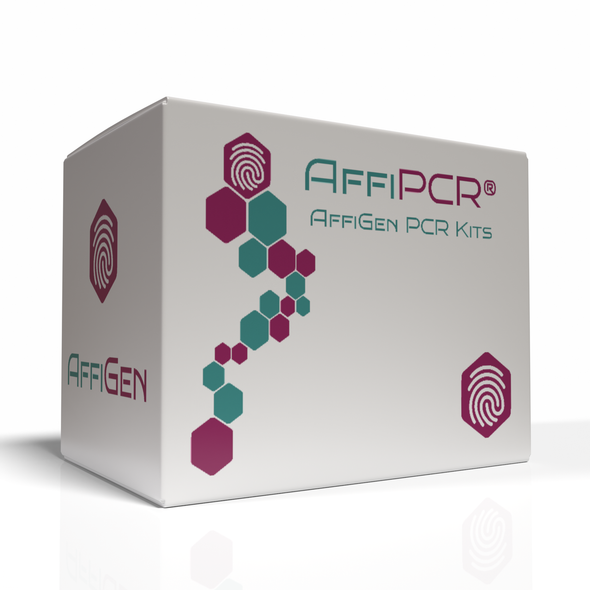Description
AffiPCR® Ebola Virus Real Time PCR | AFG-SCC-111 | AFFIGEN
Description: Real Time PCR test for detection of Ebola VirusTarget Disease Type: Dangerous Infections
Specific Application: Congo Crimea Virus
Storage and Shipping : on request
Ebola Zaire RT-PCR V69-50FRT DataSheet
INTRODUCTION
Ebola virus (EBOV, formerly designated Zaire ebolavirus) is the sole member of the Zaire ebolavirus species, and the most dangerous of the five known viruses within the genus Ebolavirus. The virus and its species were both originally named for Zaire (now the Democratic Republic of Congo), the country where it was first described. The species is a virological taxon species included in the genus Ebolavirus, family Filoviridae (whose members are called Filovirus), order Mononegavirales. Its natural reservoir is believed to be bats, particularly fruit bats, and it is primarily transmitted between humans and from animals to humans, through body fluids.
The EBOV genome is approximately 19,000 base pairs long. It encodes seven structural proteins: nucleoprotein (NP), polymerase cofactor (VP35), (VP40), GP, transcription activator (VP30), VP24, and RNA polymerase (L) . It’s is difficult to study due to the virulent nature of the virus.
Because of its high mortality rate, EBOV is also listed a select agent, World Health Organization Risk Group 4 Pathogen (requiring Biosafety Level 4-equivalent containment), a U.S. National Institutes of Health/National Institute of Allergy and Infectious Diseases Category A Priority Pathogen, U.S. CDC Centers for Disease Control and Prevention Category A Bioterrorism Agent, and listed as a Biological Agent for Export Control by the Australia Group.
INTENDED USE
Ebola Zaire Real-TM is a Real-Time test for the qualitative detection of Ebola Virus RNA in the blood, plasma, urine, saliva, tissue. EBOLA RNA is extracted from specimens, amplified using RT-amplification and detected using fluorescent reporter dye probes specific for Ebola or Ebola IC.
Ebola Zaire Real-TM assay is for the presumptive detection of Ebola Zaire virus on specified instruments in individuals in affected areas with signs and symptoms of Ebola virus infection or who are at risk for exposure or may have been exposed to the Ebola Zaire virus (detected in the West Africa outbreak in 2014) in conjunction with epidemiological risk factors. The level of Ebola Zaire virus (detected in the West Africa outbreak in 2014) present in blood from individuals with early systemic infection is unknown. Negative results do not preclude Ebola Zaire virus infection and should not be used as the sole basis for patient management decisions. The diagnosis of Ebola Zaire virus (detected in the West Africa outbreak in 2014) infection must be made based on history, signs, symptoms, exposure likelihood, and other laboratory evidence in addition to the identification of the Ebola Zaire virus by this test. The Ebola Zaire Real-TM is for use only by specified laboratories and clinical laboratory personnel who have been trained on authorized instruments.
PRINCIPLE OF ASSAY
Ebola virus detection by the polymerase chain reaction (PCR) is based on the amplification of the pathogen genome specific region by using specific primers. In real-time PCR, the amplified product is detected using fluorescent dyes. These dyes are linked to oligonucleotide probes that bind specifically to the amplified product. The real-time monitoring of the fluorescence intensities during the real-time PCR allows the detection of accumulating product without re[1]opening of the reaction tubes after the PCR run. Ebola Zaire Real-TM PCR kit is a qualitative test that contains the Internal Control (IC), which must be used in the extraction procedure in order to control the extraction process of each individual sample and to identify possible reaction inhibition. Ebola Zaire Real-TM PCR kit uses “hot-start”, which greatly reduces the frequency of nonspecifically primed reactions. “Hot-start” is guaranteed by separation of nucleotides and Taq-polymerase by using a chemically modified polymerase (TaqF), which is activated by heating at 95 °C for 15 min.






